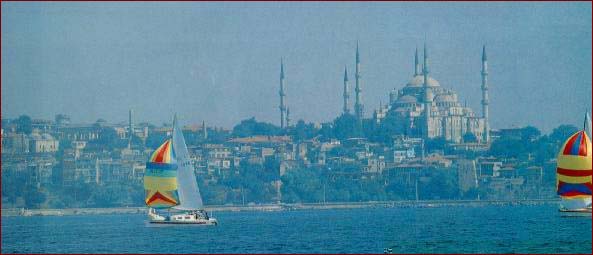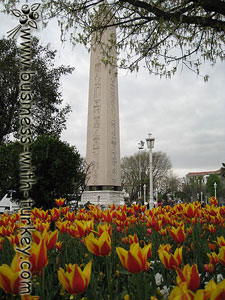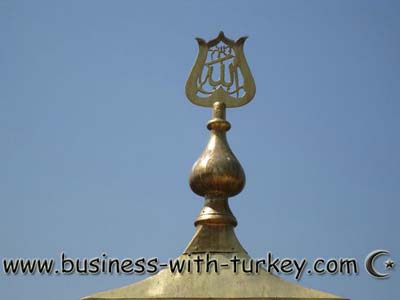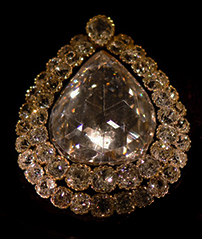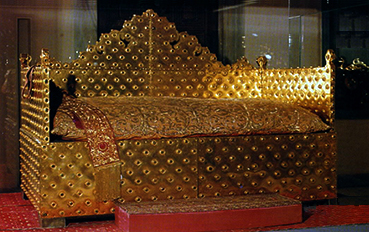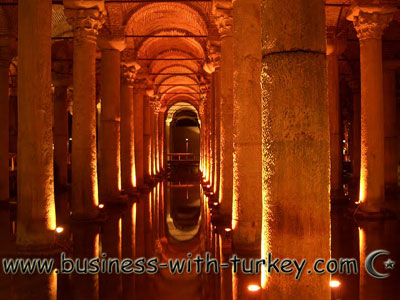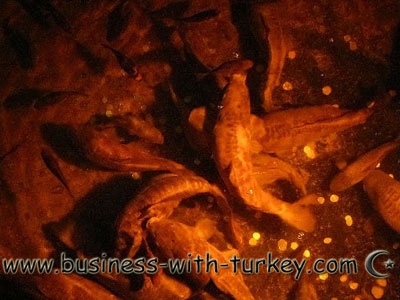The Sultanahmet district is the heart of historic Old Istanbul, what 19th-century travelers used to call "Stamboul."
The Church of Saint Sophia. Saint Sophia Church is located just in front of the Blue Mosque in the Sultan Ahmet District of Istanbul.
The church was built around 360 by the Emperor Constantino and burned down twice. It was rebuild at 530 AD by the Emperor Justinian.
The layout and decoration is typical of a church of the Byzantine period. After the Turks took over Constantinople in 1453 AD., Saint Sophia was turned into a mosque and four minarets (the tall, thin towers), were added to it. Saint Sophia was restored several times because of damage caused by a series of earthquakes.
Today Saint Sophia is neither a church nor a mosque but a museum. When you are inside, you can sense the influence of both the Catholic and Islamic religions and cultures in its decorations and frescos.
| ||||||
.jpg)
